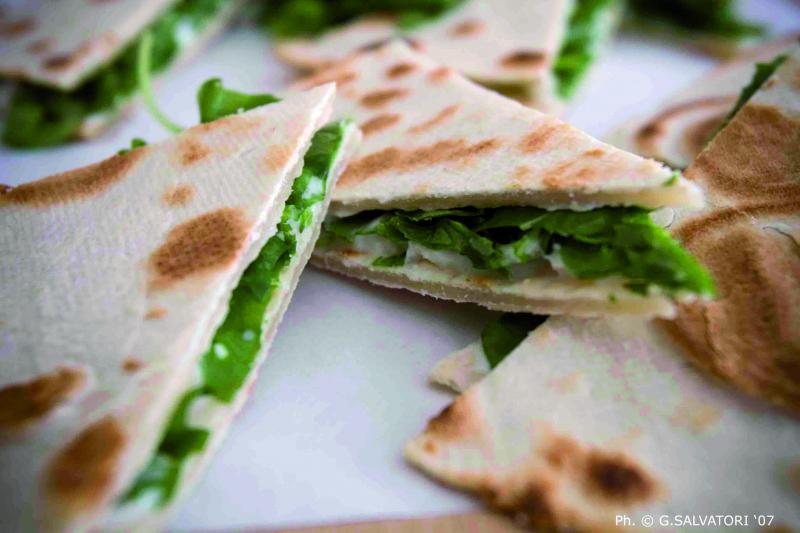Who better to ask than an Italian on what to eat while in Italy? Ask an Italian chef and sommelier!
I recently chatted with Carla Brigliadori, the Director of Cooking School for Casa Artusi. Casa Artusi, located in Emilia-Romagna, is the very first gastronomic center devoted entirely to Italian home cooking and was named for Pellegrino Artusi who, in the late 19th century, wrote Scienza in Cucina e l’Arte di Mangiar Bene (Science in the Kitchen and the Art of Eating Well) one of Italy’s most important cookbooks.

What do you eat when you travel in Italy?
I look for small restaurants that have regional, local dishes. Additionally, I really like to visit the producers of local specialty products like cheese, vinegar and cured meats and have them explain their product to me. I also like to taste innovative recipes, from new Italian chefs, because the food in Italy is constantly evolving.
What do you recommend tourists eat in Italy?
I recommend eating simple dishes, with seasonal ingredients. It’s fun to research what ingredients are especially unique to the area you’re visiting. For example, I live in the Emilia-Romagna, a region with 44 superb DOP and IGP products, all are unique and all should be on a visitor’s must-taste list. Visitors traveling in through Emilia-Romagna in the summer can treat themselves to igp fruit including the cherries of Vignola; peaches and nectarines of Romagna and Mantova’s melons and year-round favorites like aceto balsamico, Grana Padano, Mortadella Bologna and Prosciutto di Parma. Don’t miss having a sandwich made with piadina, a specialty flatbread of Romagna, and filled with DOP squacqerone cheese and arugula!

What should tourists avoid?
Avoid anything “invented” and doesn’t exist in nature. While you’re in Italy, it’s easy to avoid refined, pre-packaged foods. Eat locally made real food.
How about breakfast foods?
Try local specialty savory focacce or the various breakfast sweets like torte and crostate.
What foods should tourists buy to bring home?
Fill your suitcase with aged cheeses, cured meats, jars of preserves of all kinds and wine. All the foods you can savor at home and share with friends, because sharing food with friends is what Italian cuisine is all about.
How can you spot good gelato in Italy?
Beware of tall mounds of hard ice cream that spills over the edges of its container. Those tall mounds are a sign that the gelato is filled with fat and fillers. Instead, seek out gelato shops that have metal lids covering the ice cream containers. Be wary of gelato colors that too bright or too shiny---more signs of artificial ingredients.
Gelato should have a velvety consistency. Gelato should taste delicate with a nice fresh-milk flavor. Fruit flavors should be made with fruit in season.

Like this article? Don't Miss "Here's the Scoop on Seven of Rome's Best Gelaterias."
Advice on finding a good trattoria?
Consulting various food guides helps, or do as we Italian do and ask a local. The old rule says to seek advice of local elders, which you’ll find in any bar in the piazza.
Italians are always happy to help!

Osteria Francescana in Modena has again won the #1 spot in the World’s Best 50 Restaurant. Besides eating at this exclusive spot, is there another way for a traveler to experience Massimo Bottura’s culinary magic?
Massimo Bottura recommends vistors to Modena to try the more economical, but always creative: Generi Alimentari Da Panino and the elegant restaurant: Franceschetta58. Check out Bottura’s newest project: Food for Soul.
Will visitors gain weight in Italy?
No! You may gain weight elsewhere, but not in Italy. Italian cuisine is tasty and healthy, served in moderate portions!
What’s new in food in Italy?
FICO is an extraordinary food park, just opened this fall near Bologna. It’s not to be missed chance to deepen your knowledge of Italian foods, see how iconic products like pasta are made and taste all sorts of remarkable dishes. From field to the table, it’s a permanent Expo dedicated to Italian excellence.













